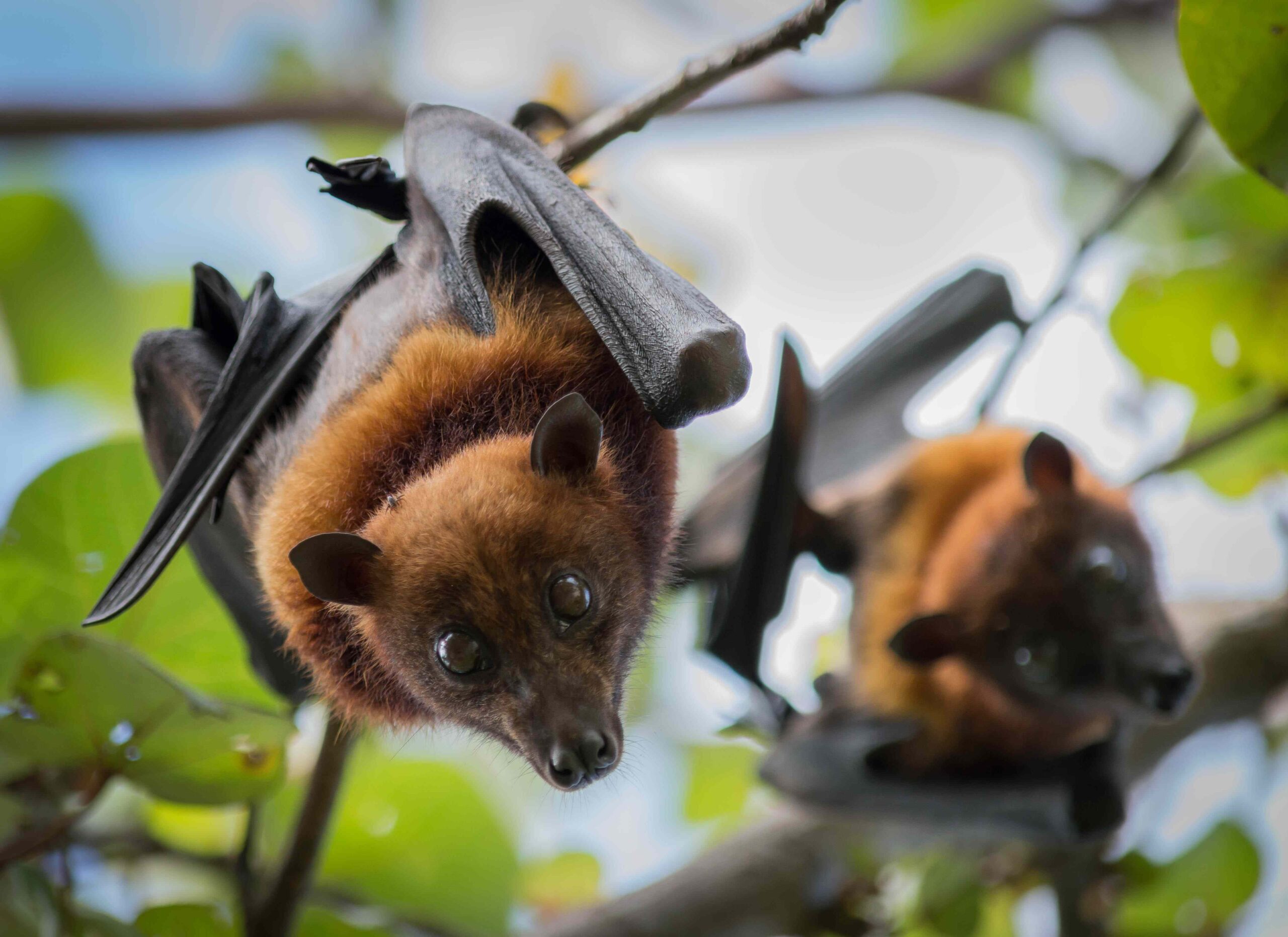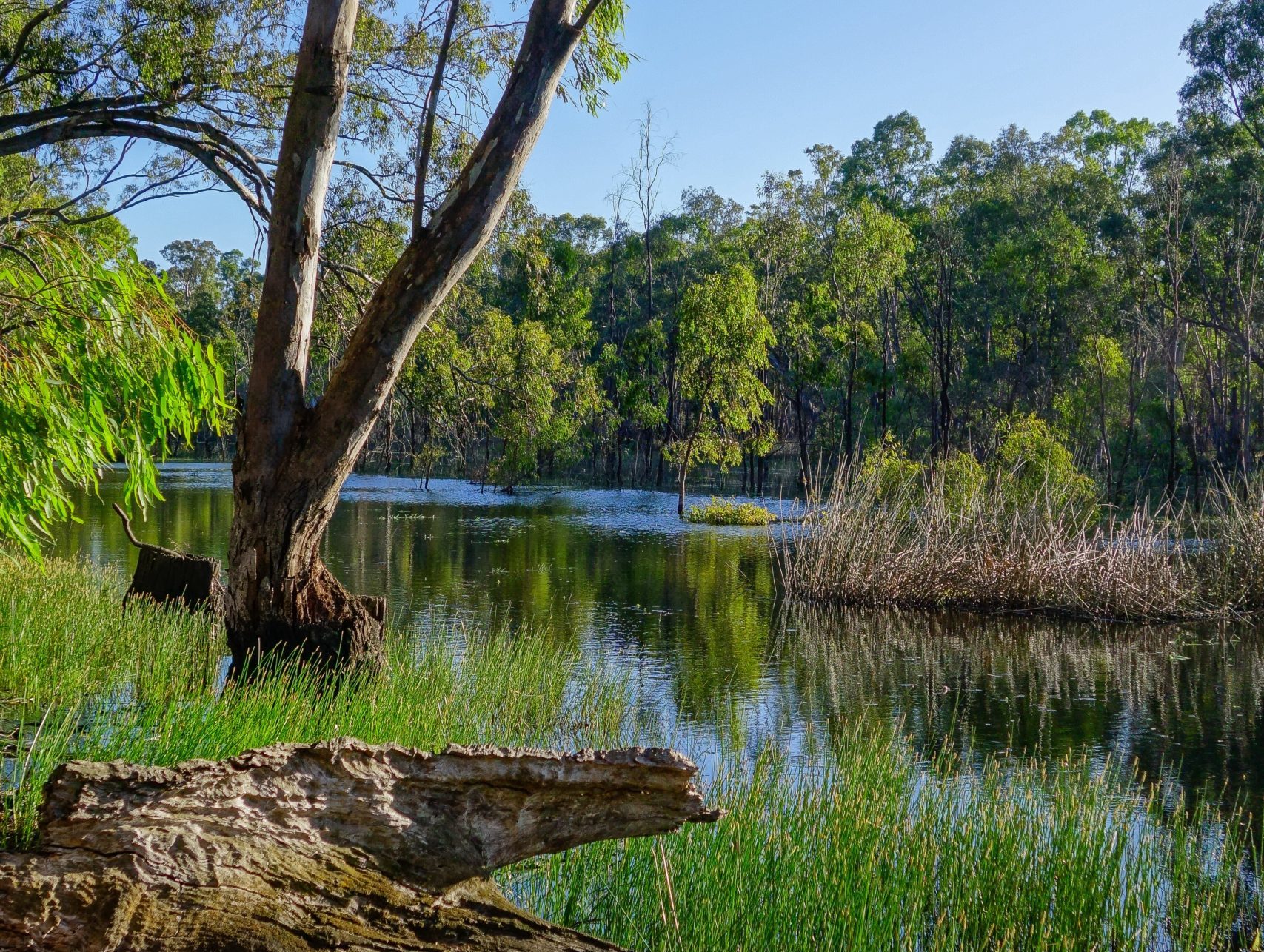Urban habitat connectivity assessment
What features of urban corridors are scientifically proven in the literature to enhance long-term biodiversity outcomes? What tools exist to assess and optimise habitat connectivity and biodiversity in an urban landscape?

Ecological connectivity is essential for maintaining biodiversity, supporting species migration and gene flow, and enabling ecosystems to adapt to environmental changes such as habitat fragmentation and climate change. In both natural and urbanised environments, connectivity is achieved through networks of core habitats, corridors, and stepping stones that allow wildlife to move safely and ecosystems to remain resilient. Effective connectivity planning ensures that these ecological linkages are protected, restored, and integrated into land-use decisions at multiple scales.
This research project examined four terrestrial fauna functional groups through a comprehensive literature review that identified key frameworks for connectivity management, core ecological connectivity principles, and landscape features and management actions that support biodiversity. A subsequent meta-analysis of 64 peer-reviewed studies revealed that the effects of connectivity differ substantially among functional groups, emphasising the importance of species-specific management approaches. The review also identified a need for broader, landscape-scale research to better understand and enhance ecological connectivity across urban and natural environments.
The outcome of this research aims to improve our understanding of the mechanisms underlying many of our urban projects and will inform how we seek to mitigate threats to species’ habitat connectivity. This reinforces our commitment to species-specific and science-driven approaches in connectivity assessments and to continue to advocate for incorporating robust, landscape-scale ecological connectivity measures in urban planning and biodiversity conservation. It underscores the importance of targeted, evidence-based management actions that enhance habitat connectivity for diverse species, supporting the long-term viability of urban wildlife populations and contributing to sustainable, resilient urban ecosystems.


